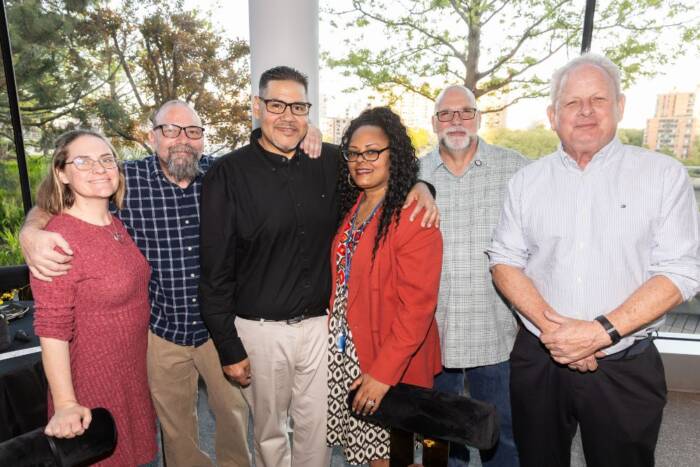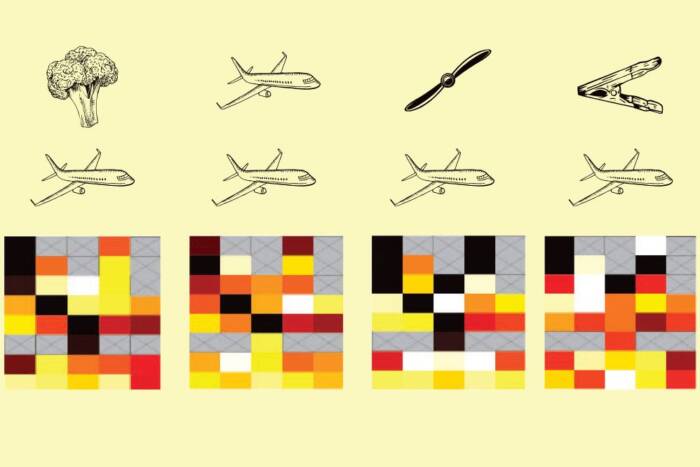Biochemist Shigeru Sassa dies at 72
by TALLEY HENNING BROWN
For more than three decades, Shigeru Sassa served as not only a faculty member, but one of Rockefeller University’s most dedicated ambassadors. Having come to the United States and Rockefeller University in 1968 after beginning his scientific career in Japan, Dr. Sassa was a talented physician-scientist who helped forge lasting relationships between his colleagues at Rockefeller and those in his native country. Dr. Sassa, associate professor emeritus, died January 27, at the age of 72.
Dr. Sassa was a biochemist, cell biologist and physician whose research focused on the biosynthesis of heme, an oxygen-binding pigment that gives color to red blood cells and plays an important role in metabolizing drugs and environmental chemicals. Dr. Sassa discovered the mechanism by which heme is produced in erythroid progenitor cells — the precursors to red blood cells — during their differentiation process. In addition, he characterized several gene defects that can lead to porphyrias, a group of metabolic disorders that can involve severe skin, gastrointestinal and/or neurological problems, and created a test for lead poisoning that is still in common use today.
Born March 3, 1935 in Tokyo, Japan, Dr. Sassa received his M.D. and Ph.D. from the University of Tokyo in 1961 and 1966, respectively. He served as an instructor in medicine and a hematologist at the university’s research hospital until 1968, when he came to New York and The Rockefeller University as a research associate in the laboratory of plant physiologist Sam Granick. In 1971, he was appointed assistant professor and joined Attallah Kappas’s Laboratory of Pharmacology. He was appointed associate professor in 1975 and associate professor with tenure in 1979. In 1992, Dr. Sassa became head of the Laboratory of Biochemical Hematology, and from 1996 until his retirement in 2000, he served as chair of The Rockefeller University Hospital’s Institutional Review Board.
Dr. Kappas, who is now Sherman Fairchild Professor Emeritus, says, “Shigeru Sassa’s contributions were many and important. He was a splendid teacher, a meticulous experimenter and a close and dear friend to those with whom he worked.” In addition to his work in the laboratory, Dr. Sassa took time from his research to help initiate and maintain cooperative relationships with colleagues at Japanese organizations and academic institutions.
Dr. Sassa is survived by his wife, Reiko, son Osamu and daughter Junko.


